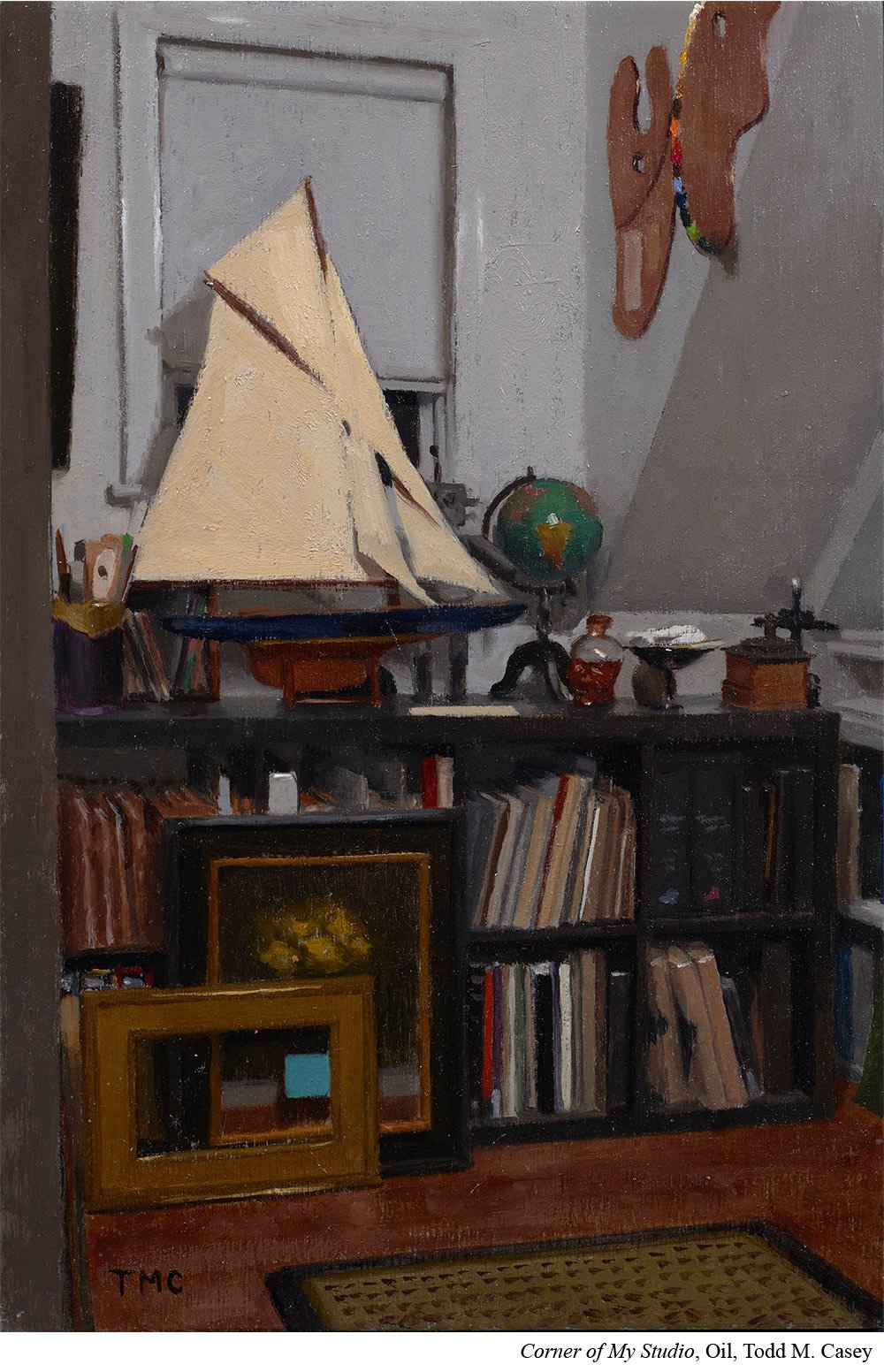Mastering Value with Grays with Todd M. Casey
When we think about color mixing, we often focus on reds, yellows, and blues. But Todd M. Casey (Ep.24) has a secret ingredient in his palette that keeps his value mixing precise: grays.
What makes his approach unique? He doesn’t just use any grays—he selects them based on their exact value, ensuring they align perfectly with his colors.
What is Value?
Before diving into Casey’s method, let’s talk about value. When you remove the saturation from a color—turning it into grayscale—you’re left with only black, white, and shades of gray.
A dark blue, when desaturated, might appear nearly black.
A yellow, when desaturated, may look closer to light gray or white.
Every color sits somewhere on the value scale, often measured in percentages like 30%, 50%, or 70% gray.
And here’s something crucial: Your vibrant tubes of paint also have inherent values. For instance, Cadmium Red often falls around 50% on the value scale.
One of the challenges you have as an artist is to gray your color down without shifting it. For example, if you have a light red and you add a dark green to neutralize it (this is called muted complementary mixing) you are graying it down but also darkening it.
So what can you do to fix this?
The Secret to Graying Down Without Changing Value
Casey’s approach is simple yet powerful: He matches specific grays to the value of his pigments. This means when he wants to neutralize a color—say, Cadmium Red—he reaches for a 50% gray rather than guessing with random mixes. This ensures he grays down his color without accidentally shifting its value lighter or darker.
And the best part? You can do this too. All you need is to identify the value of your paints and find corresponding gray paints to match them.
Put it to Practice
Want to refine your value control like Casey? Try this:
Determine the values of your paints. Desaturate an image of your palette in a photo editing app or use a value scale to compare them.
Find or mix neutral grays that match these values.
Test graying down colors using their corresponding gray to see how it maintains value while muting intensity.
This method will improve not just your color mixing but also your ability to control contrast and create more refined, harmonious paintings. Give it a shot and see the difference for yourself!


